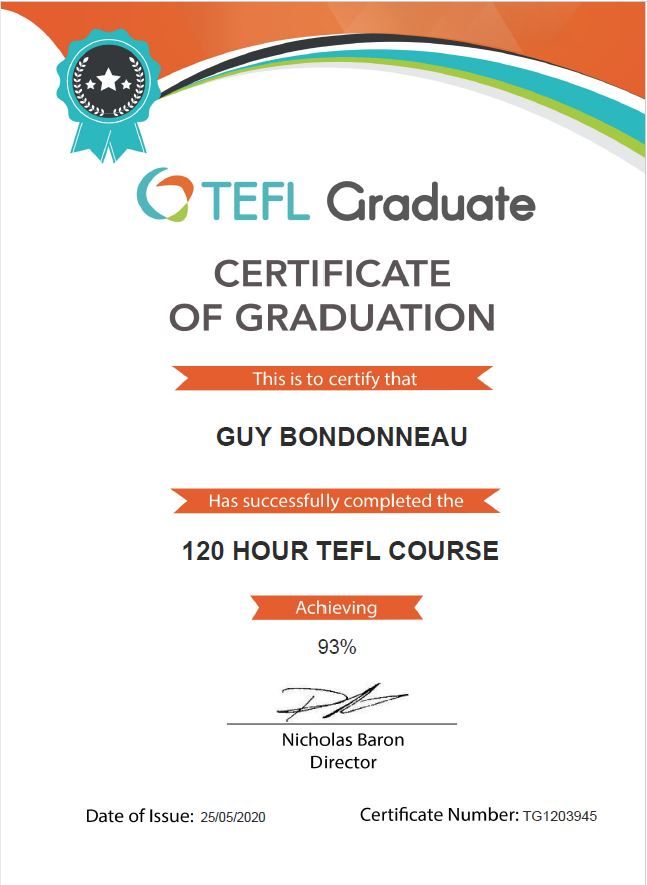Good faith, bad faith… in mediation

The mediation session is well underway. The parties have hit a disagreement on the same fact. We pick up the discussion.
Party A: “Again, I repeat that I wrote to you to inform you of the fact.”
Party B: “No you didn’t, I never received notification of the fact, so your demand is null and void.”
Party A: “How can you say that, when I know you received my e-mail.”
Party B: “Show me.”
Party A: “I have electronic proof that my message did reach you.”
Party B: “Oh yeah! So where is it?”
And so, it goes on, the temperature starts to rise, harsh words are beginning to be exchanged.
I leave you to imagine the rest of the dialogue.
To lower the level of emotions, the Mediator can calmly remind both parties of the rules of engagement they had agreed upon at the start of the mediation. That is unless he thinks that it is a good thing for the parties to vent their anger and frustration. It is a delicate judgement as the situation could easily get out of control and the mediation could fail, stumbling on that one point of disagreement.
Instinctively the Mediator will want to explore the facts of the disagreement to try to establish them objectively. He/she will refer to documentation, testimonials, and clues to build a picture and its elements. He/she may also resort to caucuses with all the parties in equal time and attention, reminding the parties that any information received by the Mediator in such circumstances is privileged and confidential and will not be shared with to the other side or anyone else, unless the party specifically authorises him/her to share in full or in part. The Mediator will, as much as possible, put the facts into their context.
Both parties see the same fact coming from opposite direction. Of course, each party will maintain their version of the facts as each is the holder of the truth. As disagreement gets more entrenched, the tone of the meeting rises, trust between the parties is quickly melting, like snow in the sun.
A question could arise in the Mediator’s mind: are both parties acting in good faith, or is one acting in bad faith?
If acting in bad faith, the party will want to show itself in a position of strength. Let us not forget that the position of strength can be showing itself as the victim. If acting in bad faith, the party is unlikely to shift from its position for fear of loss of face and see its building blocks crumble.
If acting in good faith, it is both parties’ memories that differ, particularly in the respective emphasis given to selected events and other that are forgotten.
In either case, emotions, genuine or manipulated, and memories tend to strengthen the position of each party.
Is the mediation bound to fail, though?
When exploring the facts that have led to the present disagreement, the Mediator is not only trying the establish the facts as objectively as possible, he/she is also looking at the effect they are having on the impacted parties. Continuing to approach the problem from this particular angle, the Mediator could ask each of the parties to describe and explain in turn to the other party how they felt affected by the fact under dispute as described and defined by the other party. It is important that the rule established at the start of the mediation of only one party at a time speaks. The listening party must feel confident that they will have ample opportunities to put their side of the story.
The purpose of this exploration is to create mutual understanding between the parties.
Should the Mediator feel that the above way leads to a blind alley, he/she could invoke another way out of the impasse by directing the parties to look to the future, a future in which they would have a continued relationship. Each party can imagine and explore why that relationship would work, what reasons it would have to exist, what considerations would be required for it to work.
Exploring the future thus, motivates the parties to forget about the knot in which they are entangled and look beyond to find mutually beneficial avenues for a continued relationship possibly within a redefined framework.
What if the Mediator decided to keep both scenarios running in parallel? That way the sensibilities of both parties would be respected. As mediation progresses, with each party respecting the point of view of the other party, common ground could develop to achieve a positive outcome to the mediation.
Diversity and imagination will hopefully bring a resolution to the dispute and added value.




